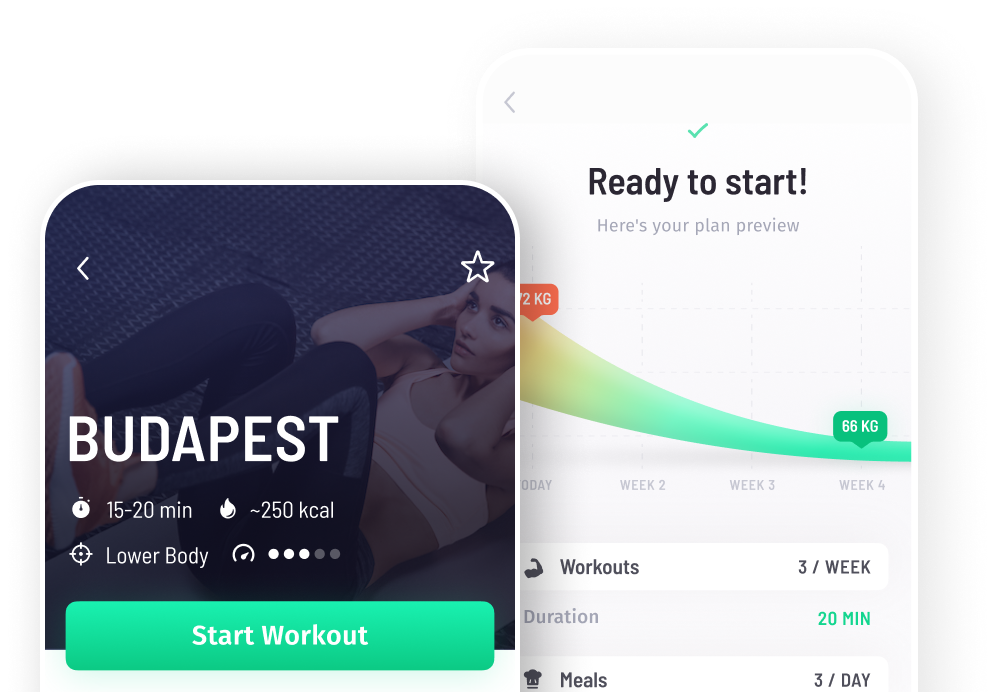If you’re looking to loosen up your muscles before training, to increase mobility and to switch on your body’s mind-muscle connections, you will need to include dynamic stretches into your routines.
What is dynamic stretching?
A good, working dynamic stretching definition is any stretch during which you are constantly moving (as opposed to static stretching).
Dynamic stretches are stretches in which you move the body part you’re stretching through a full range of motion (ROM), without pausing or holding anything in place. Dynamically stretching in this way has been proven to increase flexibility and ROM, top-end muscle strength, and power output. It is a good way to warm up joints before compound movements, increasing blood flow, synovial fluid supply and mind-muscle connection to the relevant areas
Dynamic stretches (especially ballistic variants) can sometimes be quite demanding in terms of coordination and rhythm. They require you to develop something of a ‘feel’ for them in order to maximise their utility (hence the improved mind-muscle connection involved). Once you know what you’re doing, however, they have some great benefits.
Typically, dynamic stretches will run through compound movements, and will be used to prime body parts for both explosive effort and greater ROM. Because of this, you will use activity specific movements to stretch over wider ROMs- opening the hips for squats, mobilising the shoulder joints before overhead presses, warming up the quads and knees for sprinting, and so forth.
You may also like: Ab stretches: 4 ways to stretch your abs easily
Dynamic stretching examples
Hip circles
These will open your hip joint nicely, preparing you for squats or any other lower body movement. To perform hip circles:
- Stand on one leg, holding onto something for support.
- Circle your other leg in small rings out to the side. Move slowly and gently.
- Perform 10-12 circles on both sides, working up to larger circles as you warm up, and as your ROM increases over time.
Lunging twists
Again, this is good to perform before any lower body or ballistic movements. To perform lunging twists:
- Lunge forwards with one knee, as you would for a walking lunge.
- Reach overhead with the opposite arm.
- Bend your torso to the same side as the forward leg.
- Come out by standing tall and then lunge forwards with the opposite leg, repeating the movement on each side. Go for 10-12 reps on each side, alternating.
Arm circles
Arm circles will warm and open up your shoulder joints, preparing you for any upper body movements, like barbell presses or playing tennis or basketball, for example. To perform:
- Stand in a neutral posture, feet just outside shoulder width apart.
- Lift your arms up to shoulder height, parallel with the ground.
- Circle your arms in small rings, working up to larger rings as you go.
- Go for 10-20 one way, then reverse and do 10-20 the other.
Did you enjoy this article? Share it!

